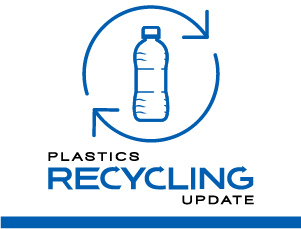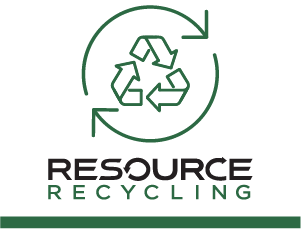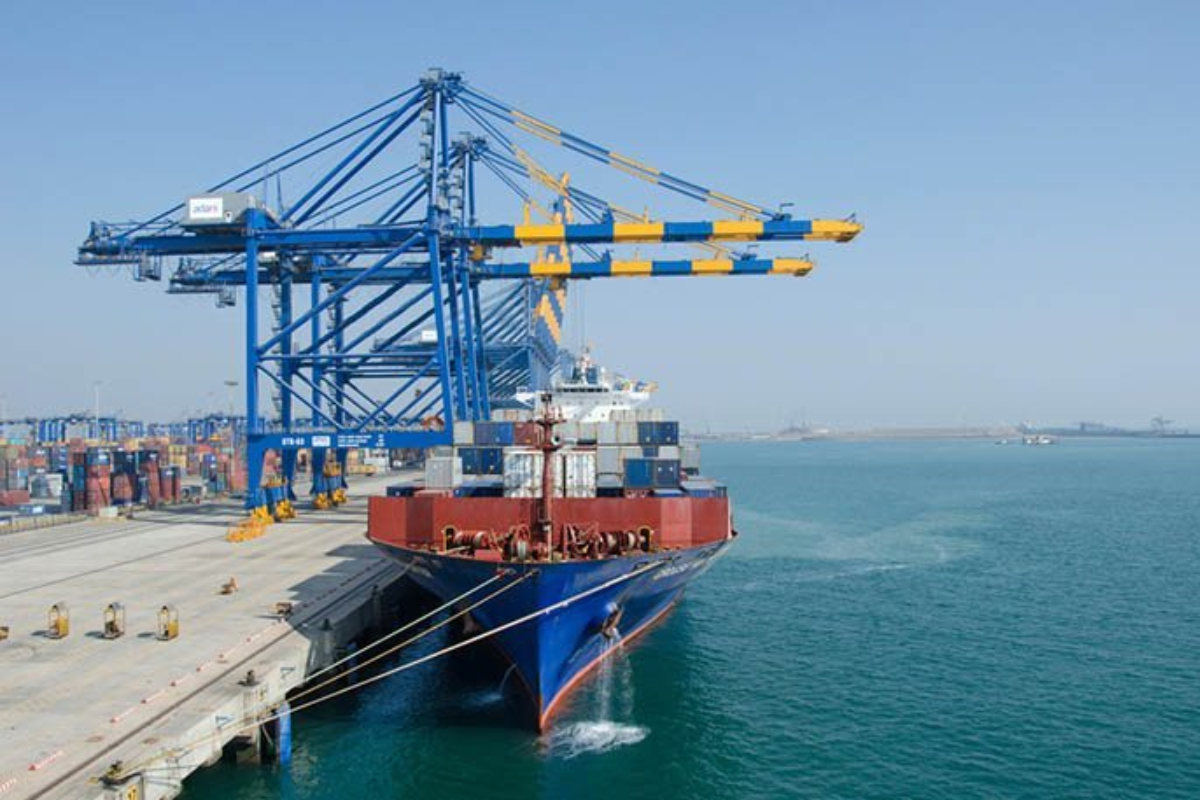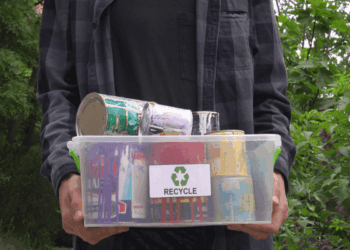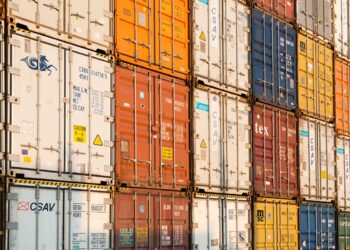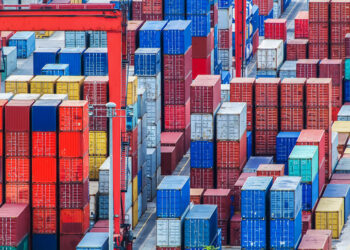Scrap plastic exports fell by about 2% in 2024, according to new trade data from the U.S. Census Bureau. Meanwhile, recycled plastic imports reached record levels, making the U.S. a net importer of the material.
The Census Bureau on Feb. 5 released its monthly trade data for December, allowing for a full-year analysis and comparison with prior-year figures.
Plastic exports move to neighbors in North America, as well as Southeast Asia
The U.S. exported 903 million pounds of recovered plastics in 2024, down slightly from 921 million pounds the prior year.
Canada and Mexico were the largest plastics export trading partners in 2024, importing 308 million pounds and 190 million pounds, respectively. Other key export markets included India (83 million pounds), Malaysia (78 million pounds), Vietnam (53 million pounds), Indonesia (41 million pounds) and Spain (25 million pounds).
By resin, PE made up 32% of exports, PET made up 20%, PS made up 6%, PVC made up 4%, and the category covering “other plastics” made up the remaining 38%.
 Plastics imports reach new record
Plastics imports reach new record
The U.S. recycling industry has long been reliant on export markets to move bales, but trade data shows recovered material processors and end users are increasingly buying feedstock from outside the country.
On the plastics side, U.S. imports of scrap plastic totaled 1.085 billion pounds in 2024, surpassing the previous record of 1.030 billion pounds in 2021. This volume has grown steadily in recent years, and because of the ongoing decline in scrap plastic exports largely due to changing import regulations in markets abroad, the U.S. is currently a net importer of scrap plastic.
The federal trade figures don’t indicate the condition of the imported plastic, but traders have told Plastics Recycling Update imported material is often in flake form, rather than raw bales.
Imported material comes primarily from Canada and Mexico, together sending 51% of all imported plastic last year. And PET makes up the bulk of imports, at 51%, followed by “other” plastics and PE as the next largest resin categories.
The close trade in recovered plastic between the U.S., Canada and Mexico was recently highlighted by the threat of tariffs between the nations. Those tariffs are currently delayed.




